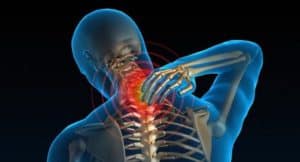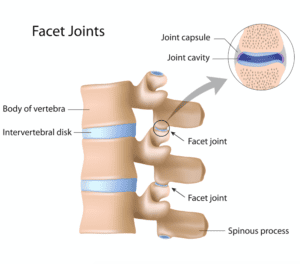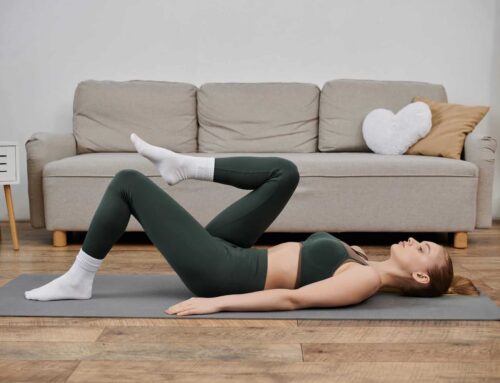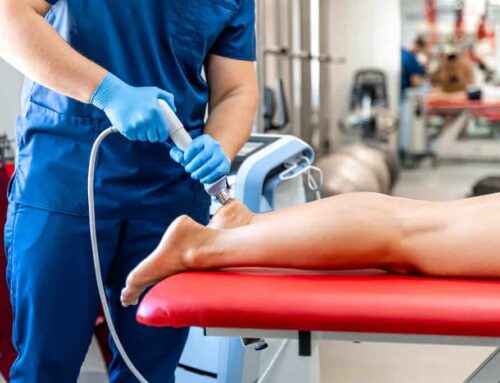Have you ever woken up with that stuck feeling on one side of your neck and wondered, why is there a crick in my neck?!
There are a few possible reasons you could be getting that feeling. Read on to find out:
- What’s causing that stuck feeling?
- Why does it hurt so much?
- What can I do to fix it?
What’s causing my neck to be stuck?
Oftentimes, that stuck feeling comes from either a joint or muscle. The joints between the bones of the neck are called facets. These guys typically glide and slide smoothly when you turn your head to do things like check your blind spot, look up at the stars, or look down to read a book. If your head and neck are kept in a certain position for a long period of time (think falling asleep on an airplane in an awkward position), it’s possible for these facet joints to have a little trouble moving and gliding so smoothly. They can get stuck and make it difficult to turn and look around. If these joints end up irritating a nerve, you may get some pain into the shoulder or arm. Figuring out exactly what’s causing it is going to be hard on your own. To gain a bit more of an understanding, go to “What’s Pinching My Nerves?”. If your joints are moving well, the muscles around the neck and shoulders could be the culprit for the crick in your neck. Not only can the joints stop moving so efficiently, but the muscles can get stiff after being in an awkward spot for an excessive amount of time. Muscles on one side of the head get shortened and stiffer, while the muscles on the other side are overstretched. This can contribute to that feeling of being abruptly stopped by sharp neck pain when you try to look to your right or left.
Why does it hurt so much?
Since this is oftentimes an issue that occurs very recently (versus neck pain that gradually builds over time), the tissues around your head and neck are highly irritated when this happens. That doesn’t mean that anything is damaged, it’s just in a sensitive state because of the recent strain. The intensity of pain typically decreases fairly quickly as the joints and muscles calm back down.
Headaches can also be a result of tension in the head and neck. If you want to learn more about the differences between what causes your stiff neck and what contributes to your headache, check out our previous blog “Can Neck Pain Cause Headache?”.
What can I do to fix it?
This issue calls for a healthy but not forceful amount of movement. Since the joints and/or muscles are irritated, trying to force movement through that sticking point can just irritate them further. With that said, don’t be afraid to move your head, neck and shoulders within your tolerance. Ice or heat can be helpful to reduce discomfort in the short-term as well.
If this doesn’t calm down after a few days, you might be dealing with some stubborn joints and muscles. Physical therapists are movement specialists and can help get things working more effectively.
Give us a call today to find out how we can help you get moving again!








